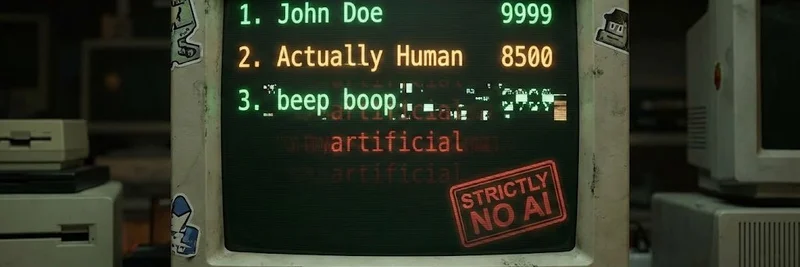In the fast-paced world of blockchain and meme tokens, fair launches are key to building trust and excitement. Recently, @gkisokay shared an insightful breakdown on X about Virtuals Protocol's new Unicorn Launchpad mechanism. This innovative approach aims to turn the chaotic early moments of a token launch into a structured, bot-resistant process that benefits genuine participants. Let's break it down step by step, just like the original post, but with some extra context for meme token enthusiasts.
What Is the Unicorn Launch Mechanism?
At its core, the Unicorn Launchpad is designed to convert launch volatility into lasting liquidity. For those new to the term, volatility in crypto launches often comes from snipers and bots that buy up tokens early and dump them for quick profits. Unicorn counters this with a decaying buy tax—starting high at 99% and dropping linearly to 1% over 30 minutes.
This tax isn't just a deterrent; every bit collected goes straight into buying back the token. That means early speculation fuels price support and deeper liquidity pools, making the token more stable as time goes on. In the example provided, this setup shifts the implied fully diluted value (FDV) from a whopping $10 million down to a more grounded $100,000 as the tax decays. It's like transitioning from hype-driven frenzy to real, organic demand.
Breaking Down the Chart
The post includes a handy chart that visualizes this process. Here's what it shows:
- Blue Line (Buy Tax %): Starts at 99% and drops to 1% over the 30-minute window. This left-axis scale highlights how the tax barrier decreases, opening the door for more buyers.
- Green Line (Implied Market Cap in $M): Begins high around $10M due to limited supply and heavy buybacks, then normalizes as more tokens enter circulation.
- Orange Dashed Line (Organic Demand Curve): Represents building interest from conviction buyers who wait for the tax to drop before jumping in.
The x-axis tracks time since launch in minutes. Early on, it's all about scarcity and low float (circulating supply). Midway, price discovery kicks in as more people enter. By the end, it's organic trading based on the project's true value.
This setup reminds me of old-school NFT mints, where timing your entry was crucial to avoid overpaying on gas or premiums.
Why Does FDV Seem Inflated at First?
One common gotcha in these launches is the initially sky-high FDV. It's because the circulating supply is super thin while buybacks are aggressive. Multiply that by early high prices, and you get an inflated number. But as the tax drops and supply expands, the FDV adjusts to reflect actual market demand. It's a clever way to protect against pump-and-dump schemes that plague many meme token launches.
Trading Strategies for Unicorn Launches
Timing is everything here. Early birds pay a steep tax but benefit from low float and strong buyback support, potentially scoring big if demand surges. Late entrants pay minimal tax but might miss the initial discovery phase.
For example, at 80% tax, getting $1 worth of net tokens costs you $5 total. It's a risk-reward calculation: Do you go in early for potential moonshots, or wait for stability?
Key things to monitor live:
- Current tax percentage and time elapsed.
- Depth of the buyback wall.
- Circulating supply versus FDV.
- The $2M FDV threshold, where team fundraising begins.
Why This Matters for Meme Tokens
Virtuals Protocol is all about creating productive AI agents that can generate services, products, and even engage in on-chain commerce. By tokenizing these agents via the Unicorn Launchpad, it opens up meme-like opportunities where community hype meets real utility. Think meme tokens but with AI brains—agents that could evolve into viral sensations.
The first launch is slated for later this week, promising a community bonding event as everyone watches the same metrics and debates entry points. As @gkisokay notes, this could be one of the most exciting market events for new tokens yet.
For more details, check out the original thread on X. And remember, this is not financial advice—always do your own research (DYOR) before diving in.
If you're into meme tokens and blockchain innovations, stay tuned to Meme Insider for more breakdowns like this. What's your take on Unicorn? Drop your thoughts below!


